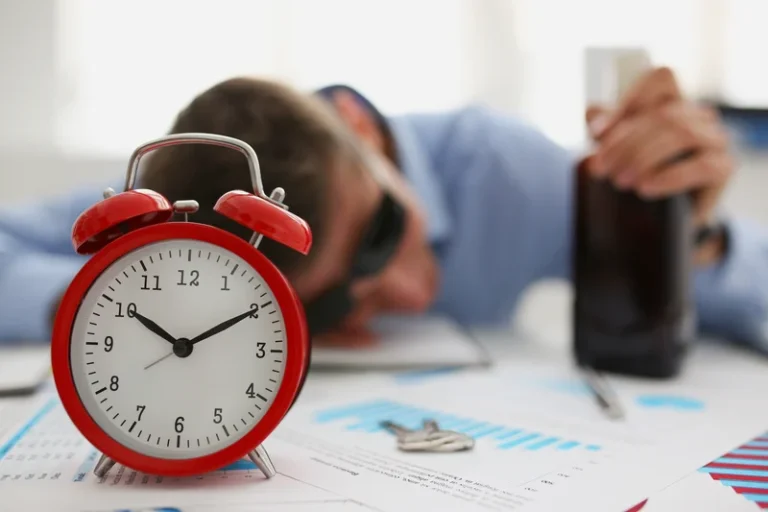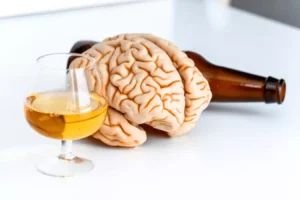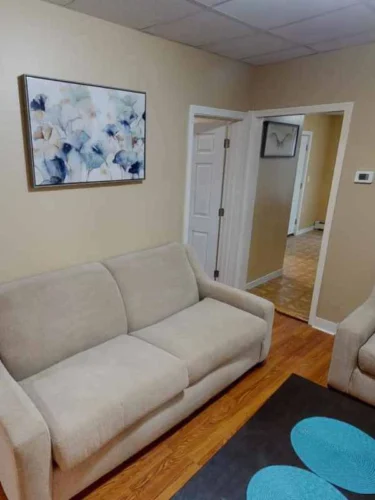
They include altered perception of time and space and intense changes in mood and feeling. The quantity of the drug a person consumes, their past experiences, and their expectations of how the experience will take shape can all impact the effects of psilocybin. This article explains how psilocybin works, including the potential effects and risks. In one study, just one ibogaine treatment has been shown to reduce opioid withdrawal symptoms and achieve a sustained reduction in use. Those struggling with substance use may want to take extra care when considering psychedelics. Some psychedelics are being studied for their use for certain substance use disorders, but that requires strict protocol under professional supervision.
Psilocybin Sparks ‘Inner Healing’ in Depression Patients – Psychedelic News Roundup
- These mushrooms usually contain less than 0.5% psilocybin plus trace amounts of psilocin, another hallucinogenic substance.
- “In the middle of this 60-plus percent Trump-voting, Bible Belt believing-in-hellfire-and-brimstone red state, there is a tremendous amount of organic grassroots support for [ibogaine’s] advancement,” Hubbard says.
- These substances also have a knack for disrupting addictive thought patterns.
- Plant-derived hallucinogens such as psilocybin, mescaline, and ibogaine have been safely used, primarily in traditional cultures, since ancient times.
- Research from 2016 reports that psychedelics do not lead to dependence or addiction.
They cause the neurons to fire in a very disorganized way, messing up all the inputs. They also vastly expand the formation of synapses, intensifying neural plasticity, which many consider key to their therapeutic action. In terms of LSD’s effects on humans, a 2018 study in Psychopharmacology found that people taking LSD in conjunction with having psychotherapy sessions reported increased feelings of happiness, trust, and empathy, resulting in positive social effects and altruism. Still today, psychedelics attract emotive and often polarised opinions (Rucker et al., 2018). It is essential to address this issue now as psychedelics are increasingly shown to treat a broad range of hard to treat disorders, with the potential to treat many more. This narrative review examines the evidence for potential harms of the classic psychedelics by separating anecdotes and misinformation from systematic research.
- Early results have been promising and seem poised to keep the research on a roll.
- If a person is under the influence of a hallucinogen, they’re said to be “tripping.” People can have “good trips,” where the experience is positive, or “bad trips,” where the experience is negative.
- Hubbard is more cynical today than he was before he heard the word ibogaine, but he is also more committed than ever to shepherding the drug across the FDA finish line.
- These drugs may also help a person quit smoking or abstain from alcohol.
What is psychedelic-assisted therapy?

Scientific American is part of Springer Nature, which owns or has commercial relations with thousands of scientific publications (many of them can be found at /us). Scientific American maintains https://ecosoberhouse.com/ a strict policy of editorial independence in reporting developments in science to our readers. And so, she cautions, “We need to be aware that the use of these drugs comes at a certain cost.”
Are psychedelic or dissociative drugs already approved as medicines?
“And we know that data are not the plural of anecdote,” she said. Research on the possible medical uses of psychedelics is still at a preliminary stage, but early studies suggest that psychedelics may decrease depression and anxiety. These drugs may also help a person quit smoking or abstain from alcohol.

Ibogaine, Hubbard told Cameron, gave Kentucky the opportunity to pivot from a “state that has been at the back end of America for almost its entire modern history” to the leader of “a revolution” in addiction treatment. While pursuing skills and training that help me provide modern treatment approaches using legal psychedelics, I couldn’t help but notice the growing demand for healing retreats. My psychedelic treatment program at the Center of Inner Transformations has provided in-office, in-home and group treatment modalities for many years, while I referred my clients out for inpatient treatment programs. The requests and demands for me to create a retreat-style inpatient program piqued my interest in acquiring various psychedelic retreat experiences, both personal and experiential. Psychedelic drugs—once promising research subjects that were decades ago relegated to illicit experimentation in dorm rooms—have been steadily making their way back into the lab for a revamped 21st-century-style look. Scientists are rediscovering what many see as the substances’ astonishing therapeutic potential for a vast range of issues, from depression to drug addiction and acceptance of mortality.
People who use these drugs should wait at least several days between doses to experience the full effect. Researchers have investigated whether psychological specialists can use psilocybin and similar hallucinogens to treat depression. In modern times, psilocybin use may be recreational at dance clubs or by people seeking a transcendent spiritual experience. According to the National Survey on Drug Use and Health, 7.4 million Americans ages are psychedelics addictive 12 and older used hallucinogens, including psilocybin, in 2021. According to the European Monitoring Centre for Drugs and Drug Addiction (EMCDDA), the hallucinogenic effects of psilocybin usually occur within 30 minutes after a person ingests it and last 4–6 hours. Psilocybin is a Schedule I substance, meaning that the Drug Enforcement Administration (DEA) believes it has a high potential for abuse and serves no legitimate medical purpose.

